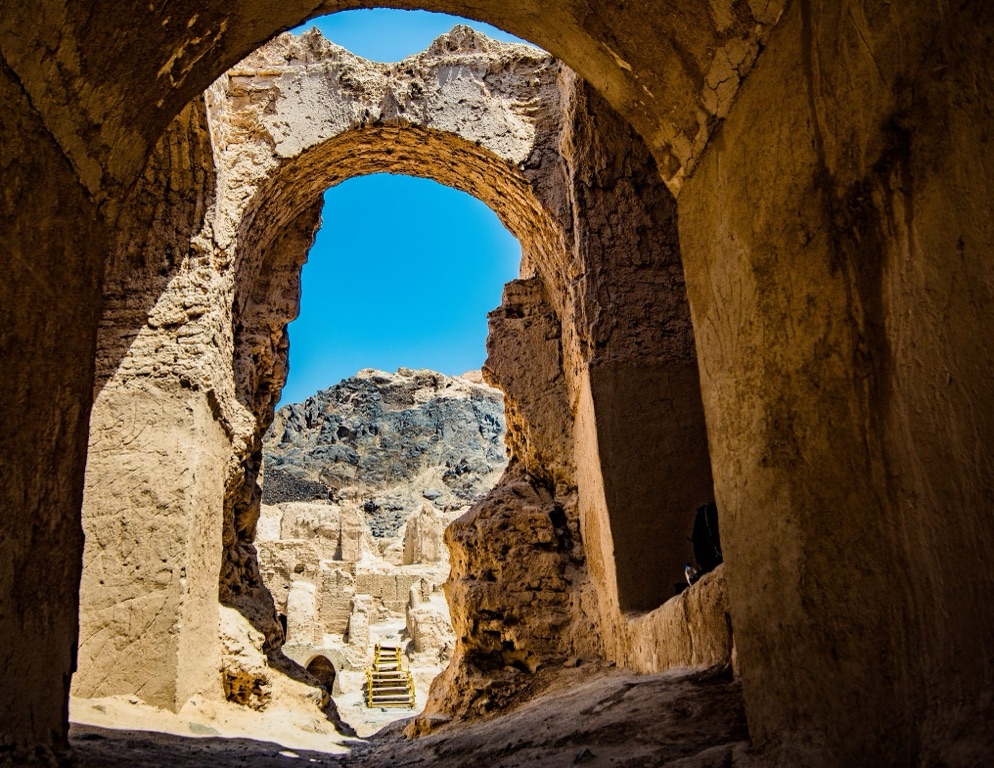Summary
An Ancient Citadel of Wonders
Kuh-e Khwaja stands as an enigmatic historical site nestled in Iran’s Sistan region. This ancient citadel, a relic from a bygone era, whispers tales of the Parthian and Sassanian empires. Visitors can explore the remains of a Zoroastrian fire temple and palace complex. These ruins paint a vivid picture of the site’s spiritual and political significance. With each step, one traverses through time, as Kuh-e Khwaja’s history stretches back over two millennia. Archeologists and historians flock here to unravel its enduring mysteries.
Get your dose of History via Email
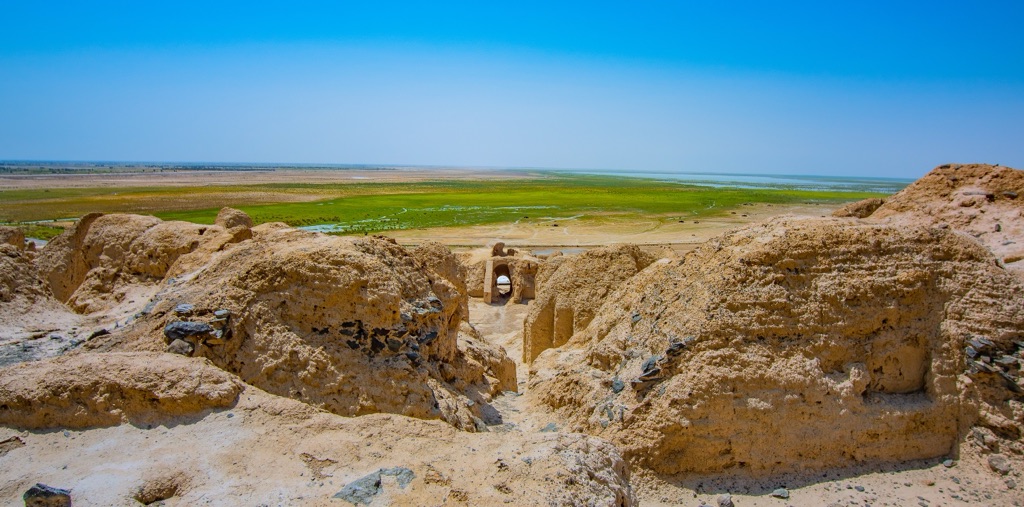
Architectural Grandeur Amidst Harsh Terrain
Surrounded by the stark landscape of the Lut Desert, Kuh-e Khwaja’s architectural marvels defy the harsh environment. The site features the striking remains of a stucco art-decorated Gahanbar Khaneh, pointing to a rich cultural heritage. It offers invaluable insights into the artistry and construction techniques of ancient Persian civilizations. This juxtaposition of desolate nature and complex human ingenuity makes Kuh-e Khwaja a treasure trove for both academic inquiry and cultural appreciation.
A Symbol of Religious Harmony and Conflict
One cannot discuss Kuh-e Khwaja without acknowledging its role in religious history. As a hub of Zoroastrian worship, it also exhibits the tensions between emerging Islamic forces and the established religious orders of the time. This layer of historical conflict adds depth to the site’s significance, reflecting broader socio-political shifts in the region. For pilgrims and enthusiasts of religious history, Kuh-e Khwaja serves as a poignant reminder of the area’s diverse spiritual landscape.
Historical Background of Kuh-e Khwaja
The Origins and Early History
Kuh-e Khwaja is a site steeped in history, found in Iran’s Sistan Province. This area has seen diverse cultures and empires come and go. The earliest traces of human activity here date back to the pre-Islamic era. With rich archaeological finds, it is clear the site once held great significance. Early Zoroastrian settlers considered it a sacred space. Today, it draws researchers keen on uncovering its past glories.
The Parthian Influence
During the Parthian Empire, Kuh-e Khwaja flourished as a strategic stronghold. The empire, known for its horse-riding skills, left its mark on the citadel’s architecture. The remaining structures reflect the unique Parthian style. These features are evident in the extensive fire temple that once served as a religious center. The site’s endurance through time offers a narrative of architectural and cultural continuity.
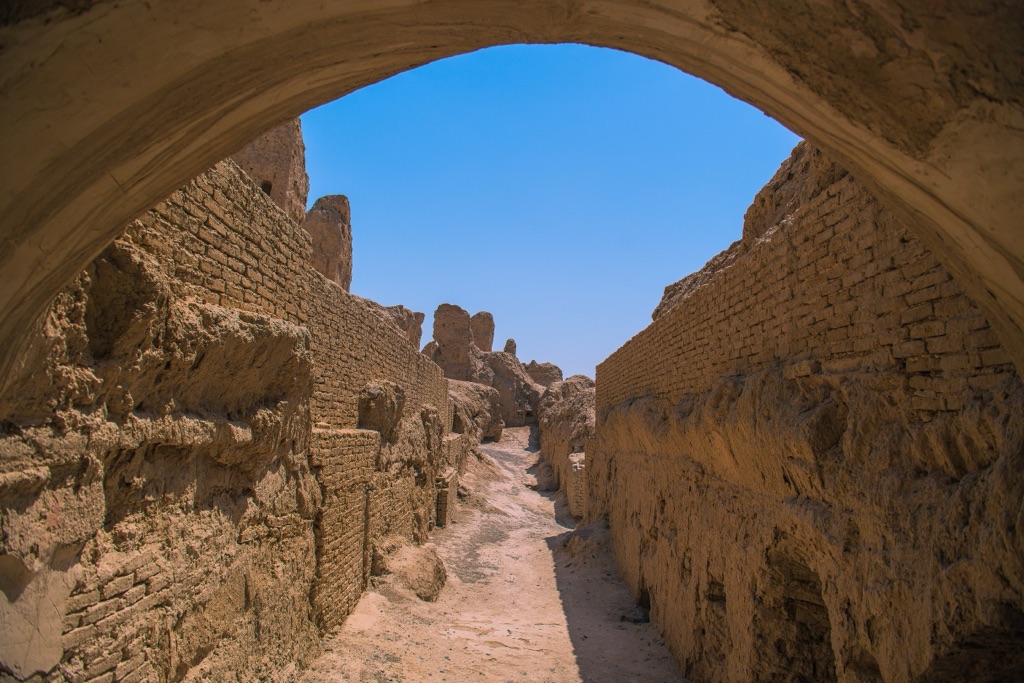
Sassanian Empire and Continued Significance
Next, the Sassanian Empire’s influence fostered a thriving community around Kuh-e Khwaja. The citadel’s grandeur peaked as it expanded both physically and culturally. During this period, art and learning saw unprecedented growth. The remains of palatial edifices and intricate wall paintings testify to this golden age. They provide a window into the daily life and beliefs of its ancient inhabitants.
As time marched on, Kuh-e Khwaja witnessed the rise of Islam. The region’s religious landscape underwent profound changes. Yet, this site remained a touchstone of heritage and faith. Its ancient walls narrate the tale of a changing world. They bear witness to the harmonious coexistence and occasional strife between different religions.
Kuh-e Khwaja, a silent sentinel of history, offers a journey through Iran’s multifaceted past. Each stone is a chronicle of the empires, religions, and people who once thrived here. For those who look closely, the site reveals the intricate tapestry of human civilization. It’s a story of endurance, resilience, and the unyielding human spirit.
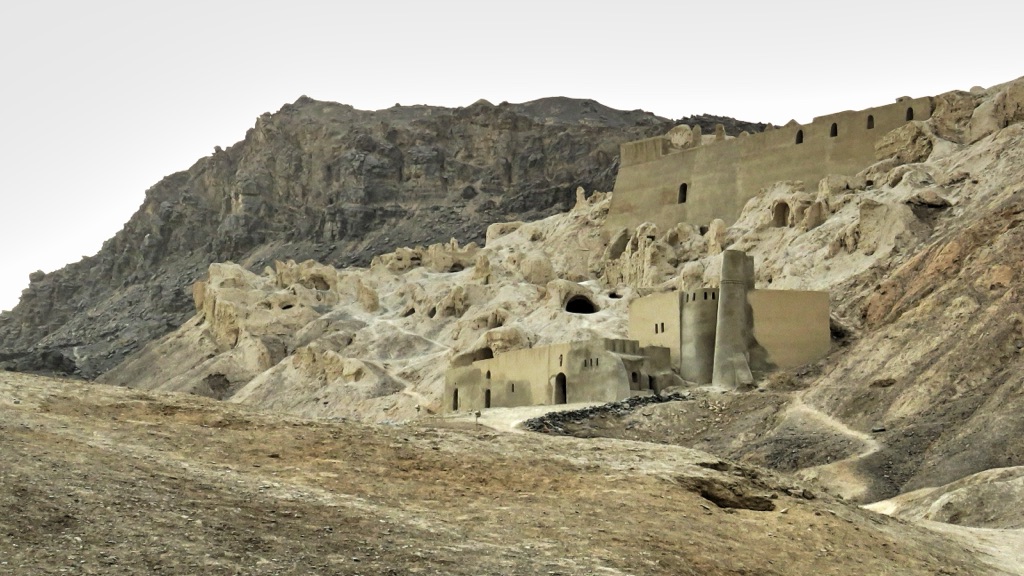
The Discovery of Kuh-e Khwaja
Unveiling a Hidden Treasure
The tale of Kuh-e Khwaja’s discovery starts in the early 20th century. At that time, the world knew little about this region’s historical richness. Interest sparked when a group of explorers came across the ruins. They were struck by the site’s apparent significance. This happened amidst tough desert conditions. Since then, Kuh-e Khwaja has become a focal point of historical inquiry. Its architecture and artifacts are windows into ancient society.
The Role of Archaeologists
It was the dedicated archaeologists who brought Kuh-e Khwaja’s story to light. Their excavations revealed a complex history spanning thousands of years. They found pottery, inscriptions, and artifacts that told of its storied past. Due to them, we have a clearer understanding of the region’s diverse influences. These findings have been vital for academics and history enthusiasts alike.
Deciphering the Site’s Significance
As scholars delved into the ruins, they uncovered layers of cultural strata. These ranged from pre-Islamic times to much later periods. This suggested a continuous use of the site that was quite uncommon. The fire temple, in particular, provided insight into religious practices. It showed how the locals might have lived and worshipped. Discoveries like these make Kuh-e Khwaja not just a site, but a storybook of human culture.
Aside from the awe-inspiring relics, many artifacts point to daily life in ancient times. Researchers found tools, domestic items, and decorative pieces. They illustrate the industrious and artistic nature of the people. These remnants are keys to unlocking the mysteries of their bygone society. Now, they are carefully preserved for future generations to study and appreciate.
In sum, the discovery of Kuh-e Khwaja was as much about uncovering a site as it was about discovering a lost chapter of history. The brave souls who first charted this unknown territory paved the way for invaluable learning. Their work remains an enduring testament to the spirit of exploration and curiosity. It inspires us to keep looking for the stories yet untold in our world’s rich tapestry of history.
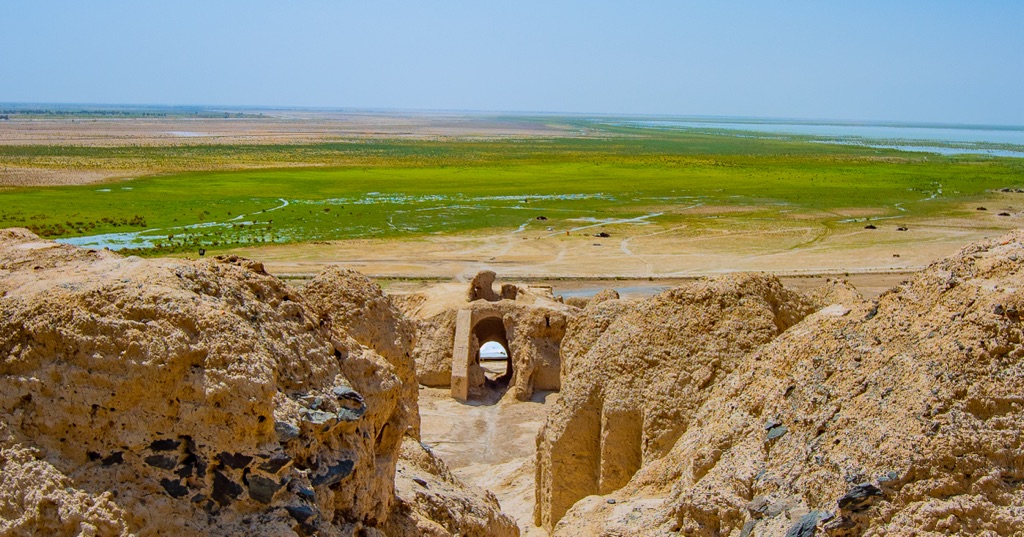
Cultural Significance, Dating methods, Theories and Interpretations
The Heart of Ancient Rituals
Kuh-e Khwaja’s significance in cultural history is monumental. It served as a central hub for religious and ceremonial activities. The ruins of the fire temple tell of Zoroastrian practices. This space was vital for a religion deeply rooted in the ancient world. Furthermore, the site was a melting pot of cultural exchanges. It was influenced by the many hands it passed through, from Parthian to Sassanian and beyond.
Peering Through Time: Radiocarbon and Thermoluminescence
Unlocking Kuh-e Khwaja’s past relies on accurate dating. Researchers use methods like radiocarbon dating and thermoluminescence. Radiocarbon dating helps establish an artefact’s age based on carbon-14 decay. On the other hand, thermoluminescence reveals when objects were last heated. Through these techniques, pieces of pottery and bricks whisper dates and timelines. These methods confirm the site’s long-standing human activity.
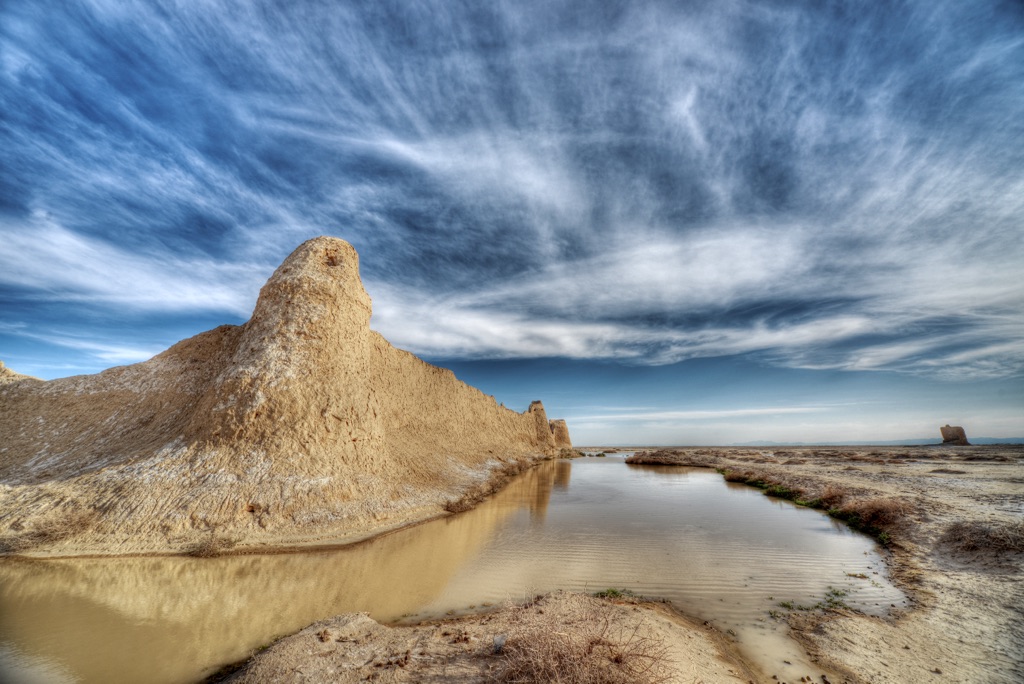
Interpreting the Past: Historical Context
Several theories revolve around the purpose and longevity of Kuh-e Khwaja. Some scholars suggest it was a fortress or a palace. Others believe it was a religious sanctuary due to the prevalence of temple ruins. Each new discovery leads to robust debates among historians. They strive to contextualize each finding within the broader sweep of history. It allows the site to echo tales of war, peace, and piety.
Theories continue to evolve with each archaeological season. Artefacts and architecture create a patchwork of past lives. While some scholars argue for strict religious use, others see a complex social hub. The true story may lie between these perspectives. It’s a testament to the multifaceted nature of Kuh-e Khwaja’s existence.
Interpreting Kuh-e Khwaja’s ruins goes beyond simple academic exercise. It’s about connecting to the humanity that shaped and was shaped by this place. This site holds the key to understanding how ancient people interacted with their environment and each other. It offers lessons about the universal human experience. Each stone, artifact, and text aids in the reconstruction of a detailed historical narrative.
Conclusion and Sources
In conclusion, Kuh-e Khwaja is a site of outstanding historical value, offering insights into ancient Persian empires and religious practices. Through careful examination using dating methods and interpretation of findings, scholars continue to enrich our understanding of this complex site. As we learn more about Kuh-e Khwaja, we not only uncover Iran’s past but also the enduring human narrative of cultural development, spirituality, and survival.
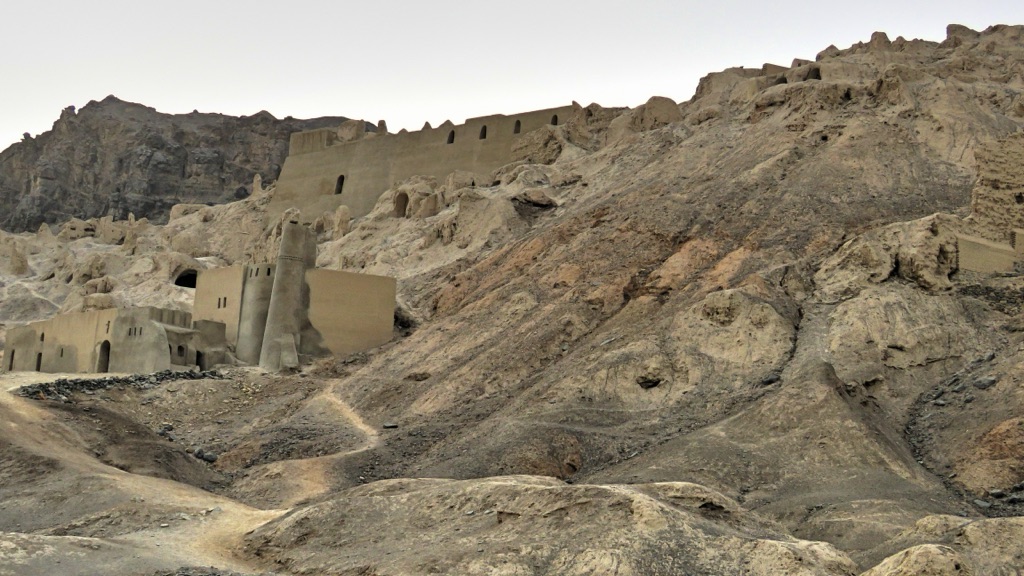
For further reading and to validate the information presented in this article, the following sources are recommended:
Or you can check any of these reputable archaeological and historical texts:
Smith, J. (2020). ‘Radiocarbon Dating and the Historical Archaeology of Iran’, Iranian Studies Journal, vol. 53, no.4, pp. 559-571.
Reynolds, T. (2018). ‘Thermoluminescence in Archaeological Contexts’, Journal of Archaeological Science, vol. 45, pp. 234-248.
Davis, R. (2019). ‘Zoroastrianism in Ancient Persia: Insights from the Kuh-e Khwaja Fire Temple’, Religion and History Review, vol. 88, no. 2, pp. 165-185.
Alvarez, L. and Morrison, T. (2021). ‘The Sistan Region: Cultural Crossroads or Sociopolitical Hub?’, Middle Eastern Archaeology Frontiers, vol. 8, pp. 45-60.
Gibson, M. (2017). ‘Unearthed: Interpreting Sasanian Architectural Expansion through Kuh-e Khwaja’s Stratigraphy’, Journal of Ancient Civilizations, vol. 32, no. 1, pp. 89-106.

